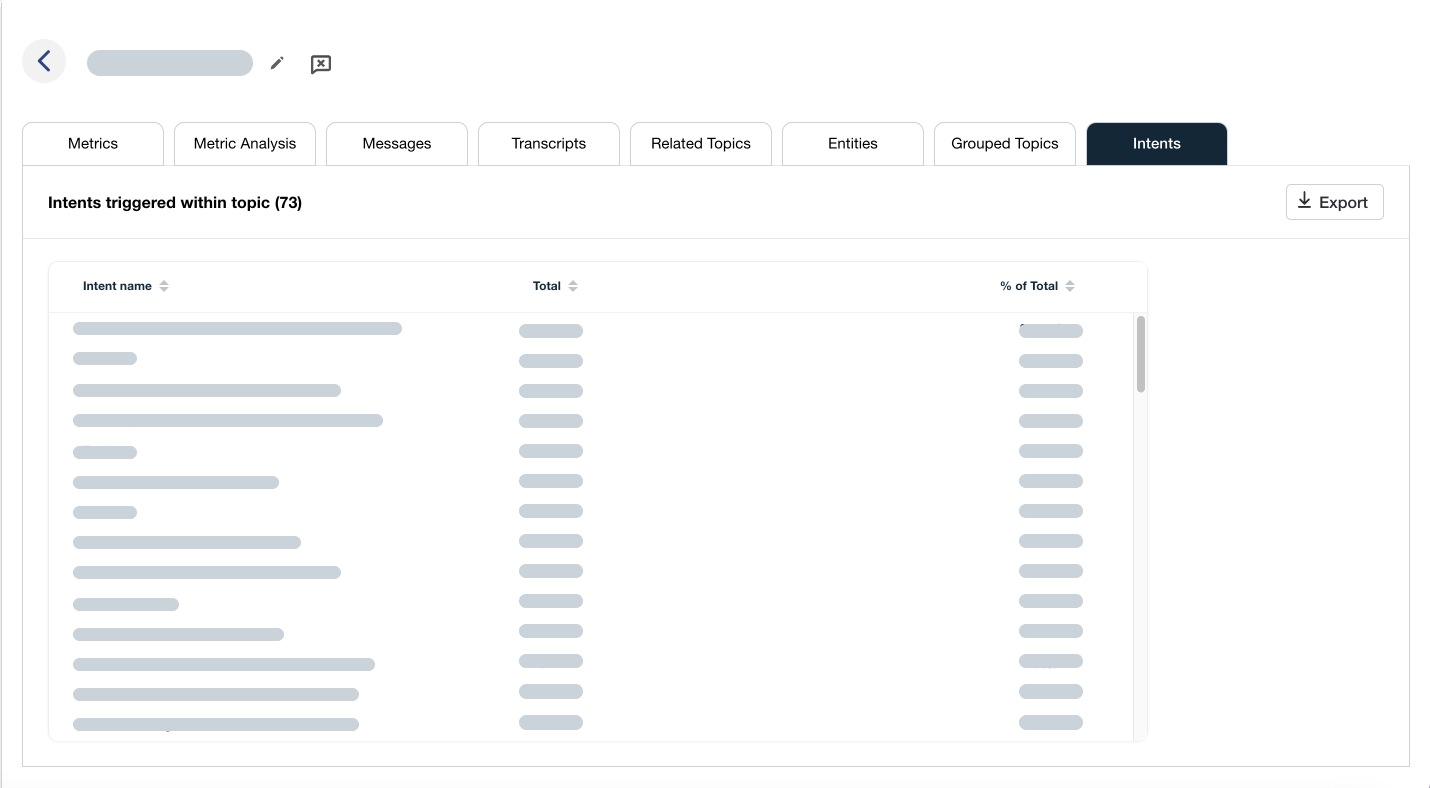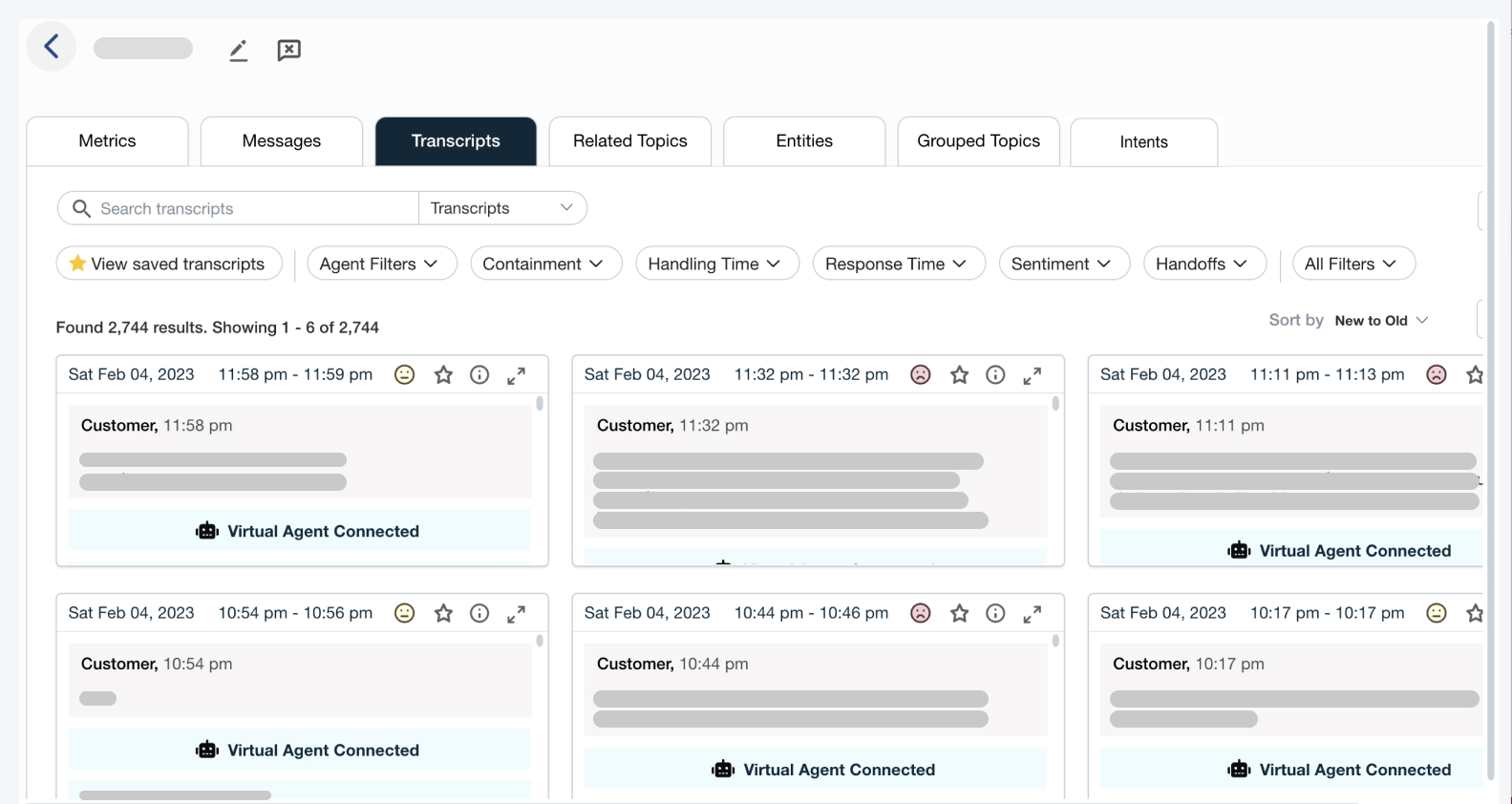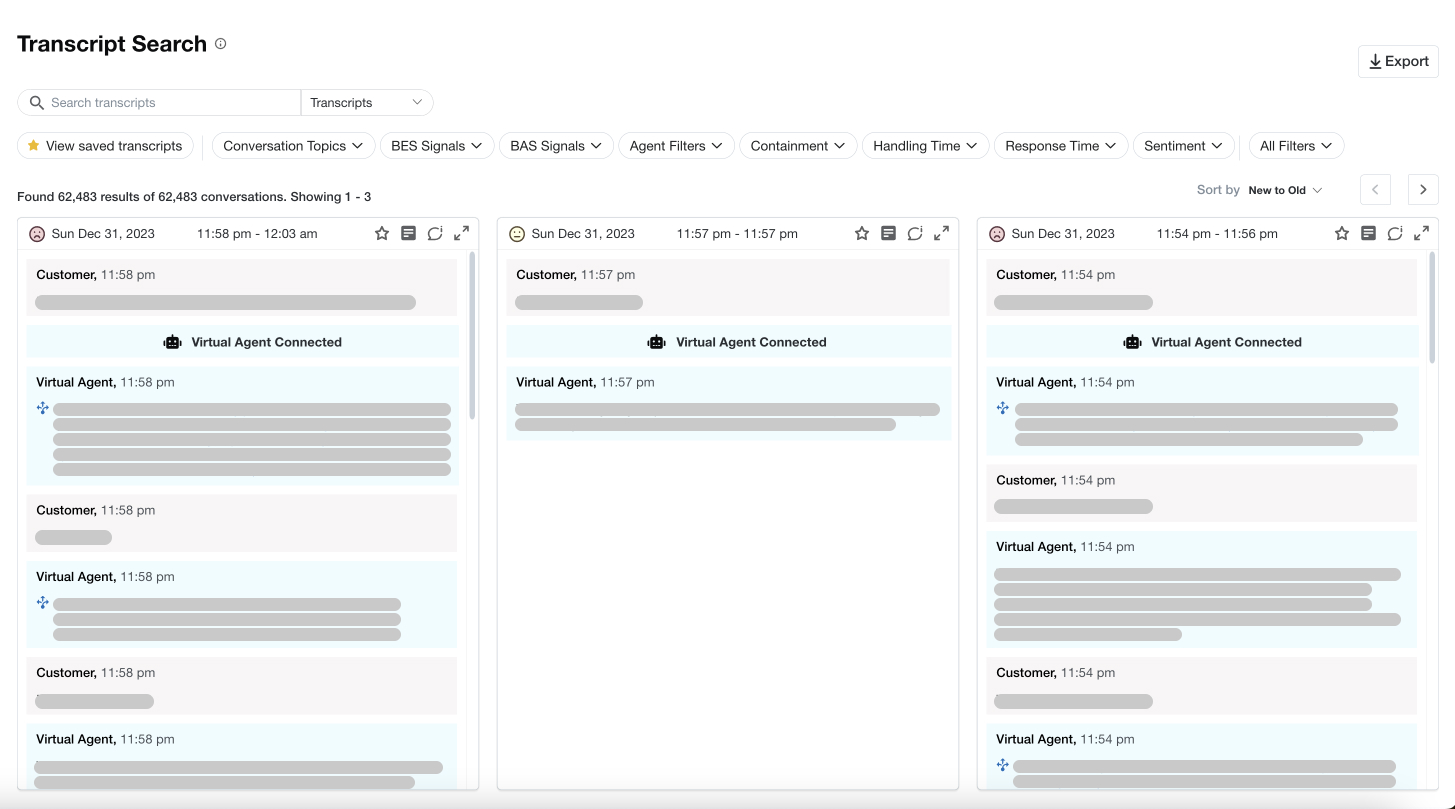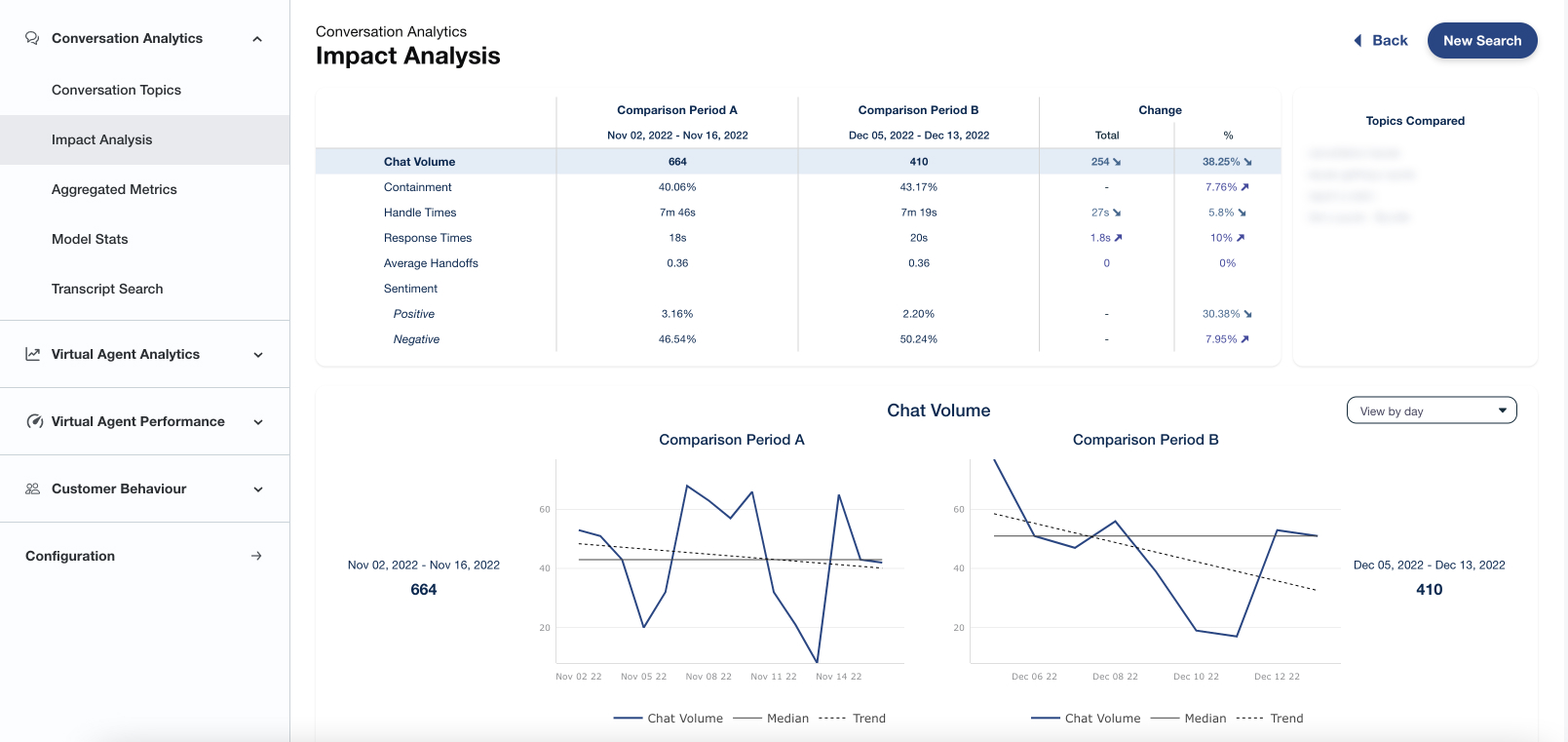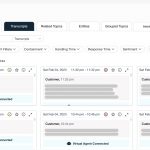How to Boost Chatbot Performance: Tips & Strategies for Chatbot Optimization
How to Boost Chatbot Performance: Tips & Strategies for Chatbot Optimization
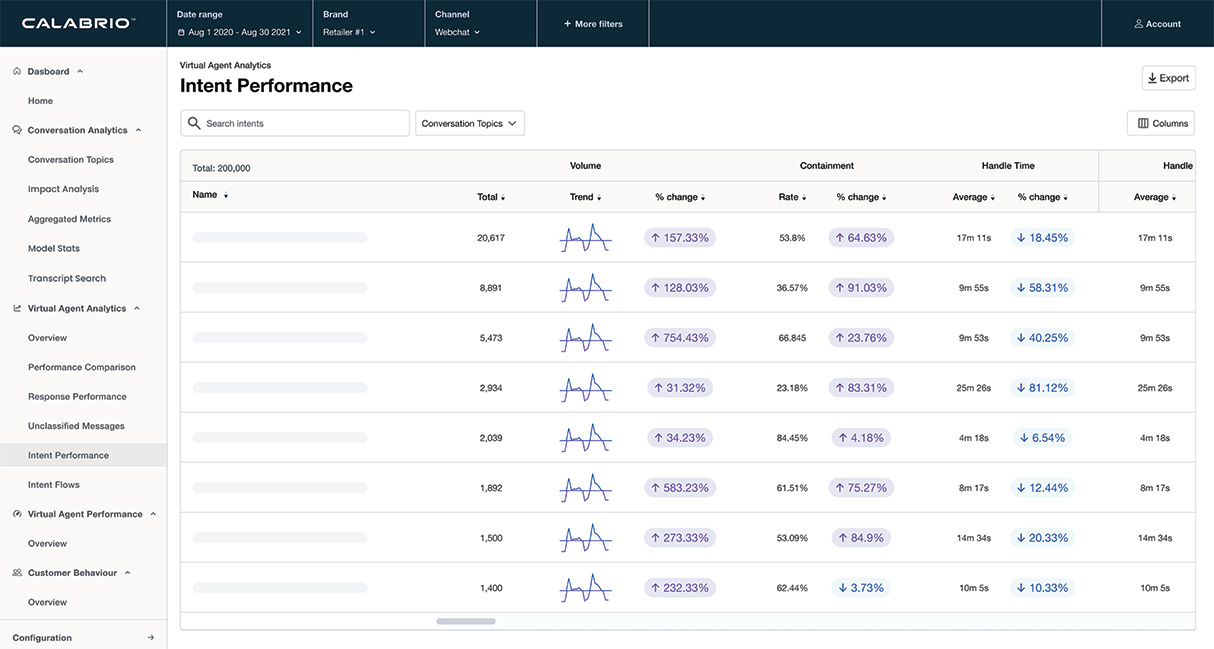
Maybe your bot launched last year, maybe you inherited one that was already in production, but chances are you’ve got a hunch that it’s just not performing as well as it could.
Between rabbit holes of automation, customer frustration, and escalations that could have been managed by the bot…the struggle is real.
It’s time to take stock of your chatbot performance and put your bot through a well-deserved tune up. As a bot manager, the power is in your hands to face the challenge head on and bring those improvements that will result in greater customer experience and drive business results.
But, the challenge is, where do you begin?
In this guide, we’ve compiled a complete set of tips to help you improve your chatbot and to set your team on the path to chatbot optimization.
Ready? Let’s dig in!
Chatbot Optimization Starts with Prioritization
It goes without saying that when it comes to improving chatbot performance, you need a plan. The plan needs to be based on real bot performance data and prioritized according to impact. After all, we can’t do everything all at once, right?
So, before you jump in and start adjusting bot responses, introducing new content, retraining the AI model, or any other number of other changes, you first need to analyze bot performance along a set of key chatbot performance metrics:
- Volume: Very likely, some intents are experiencing a much higher volume than others. This metric will serve as a good starting point to show you how many conversations you are going to impact when you introduce upgrades.
- Containment: Is the bot able to handle the full conversation, or are your customers dropping off midway or escalating to live agent channels?
- Sentiment: The old saying goes, “if it ain’t broke, don’t fix it.” However, you need to identify where things do need fixing, honing in on those moments of customer frustration to identify opportunities for improvement.
Double Down on Data: Tips for Chatbot Optimization
Analyzing chatbot performance can be a time-consuming effort, but is a key step in the overall success of your bot program. And with the right tools and approach, you can significantly cut down on your chatbot optimization approach’s time to impact.
Most bot platforms provide native chatbot analytics that shows you volume, containment rate, and sentiment at an intent level, giving you a generalized impression of performance.
However, the real magic happens when you’re able to dig into details and analyze performance at the topic level, based on actual customer conversations. Purpose-built chatbot analytics tools will offer the depth and breadth of analysis that will help you to understand these details—and unlock actionable insights you need to effectively deliver on your plan.
Beyond having the right tools and metrics, you need to come to the table with the right approach. Consider these bot evaluation tips to make the most of vital data and improve your chatbot’s performance:
- Transcripts are crucial: Transcript analysis is the key to knowing how customers are experiencing the bot. While you may want to drive automation, transcripts are your access to understanding what they are willing to do with the bot, as opposed to when they want to engage with a person. Before making roadmap decisions around integrations, use cases, conversation design, channel expansion, voice vs. chat—always start with the data.
- Start early: As daunting as it may seem, knowing how you want to measure bot performance from the get-go will set the foundation for success later on. It’s easy to get your chatbot into production, but if you’re not measuring performance post-launch, looking at transcripts or the right set of metrics, you have no way to understand whether you’re seeing too much or too little containment, or what the customer experience is. This means you don’t know what to start working on to improve the chatbot.
- Monitor constantly: Chatbots and customer expectations are always changing. Unlike enterprise software, chatbots need ongoing analysis to keep your finger on the pulse of how customers are interacting with your bot. What is true today is going to change, and by constantly accessing, reviewing, and acting on the data you’ll be ready to change and evolve alongside customer expectations.
- Data tells you how customers feel: The most important thing you can do is to continue to focus on what is right for your customers, and your contact center agents. If you are thinking about adding channels, introducing voice, or building new integrations always look at the data to know what your customers are thinking about. This lets helps you consistently center only those changes that will be right for your customer.
8 Practical Tips to Improve Your Conversational Chatbot Performance
Now that you’ve got some background on how and where to begin, here are the top tips from our team of conversational AI experts that can have a big impact on bot automation and bot experience, and give you the benefits you are looking for.
1. Put your bot where customers will find it
Placing your chatbot on the ‘Contact Us’ page may make sense, but this limits its usage by customers. Make sure that your chatbot is easy to find and accessible – putting it on the homepage is the best way to make sure users can quickly take advantage of its capabilities. Having it on the homepage will increase adoption, and also ensures that simple navigational tasks can be handled by the bot, making it even more helpful for customers.
2. Address negative feedback
Have your customers provided negative feedback? If so, you need to revisit the chatbot’s response copy, the flow of the conversation, or the inclusion of appropriate links or other resources.
3. Fix conversations with no solution
When your bot can’t provide a solution to the customer, this could be because of two reasons: either the content doesn’t exist or it didn’t get classified correctly because of an NLU issue. If ‘no solution’ occurs because the content doesn’t exist, this is a gap and you would need to create new content to address it. If ‘no solution’ happens because of incorrect classification yet a solution exists, you must fix the intent by adding more utterances to make the bot give that solution.
4. Keep journeys short
When dealing with simple questions, it is important to keep the journey as concise as possible. A journey with too many steps (e.g., 40-50) may lead to increased abandonment and customer frustration. We recommend staying within 10 clicks to help your customer get the information they need quickly.
5. Regularly update your content
Check in with your content providers if any new messaging, branding, or products need to be added to the bot’s responses. Depending on the scope, you may want to consider introducing a new journey. We recommend scheduling a routine touchpoint with key content providers on a monthly or quarterly basis to check in and see if there is anything new. Keeping your content accurate and relevant, ensures your customers have a great experience with your bot.
6. Create training for topics with no response
If customers are asking about a particular topic and the bot does not have a response, it is better to train the bot on that topic and provide a response that acknowledges the lack of information and offers to connect the customer with an agent for further assistance. This can help to prevent false positives or no solutions, which can lead to a negative customer experience.
7. Help your agents with automation
Are there routine tasks that your live agents are performing that could just as easily be automated? If your agents are spending time looking up basic “how to” instructions or are responding to the same questions over and over, these should be the first candidates to be handled by your bot. This frees up your agents to deal with more complex or value-added tasks.
8. Embrace Change
Chatbot technology and conversational AI have changed dramatically even in just the past year. What’s more, they’ll continue to evolve at incredible speed, making it hard to see around corners and come up with a development plan that stretches more than a few months into the future.
The bursting onto the scene by the likes of ChatGPT and Gemini has shown that there’s no telling what’s next. You have to be nimble and embrace disruption and change. Nevertheless, at the end of the day, whether you’re thinking about adding new channels, apps, use cases or integrations, the most important thing you can do is stick to constant monitoring, constant iteration—and always keep in mind the things your customers want most.
Measuring the impact with chatbot analytics
In this blog, we’ve compiled a list of a range of recommendations from our seasoned chatbot managers to drive better containment, increase resolution rates, and upgrade the customer experience.
But remember: whatever chatbot improvements you prioritize, setting goals and measuring performance changes over time is key. Set time aside each week to measure bot and topic performance, and we have no doubt that with a strong bot management process in place, you’ll see real results that drive business results in the coming year.
With more and more attention being paid to conversational AI, there is no time like the present to show your chatbot some love and start delivering the conversational experience you, your team, and your customers are hoping for.
Make sure you have all the tools you need to improve your chatbot performance. Book a free demo of Calabrio Bot Analytics software today.


